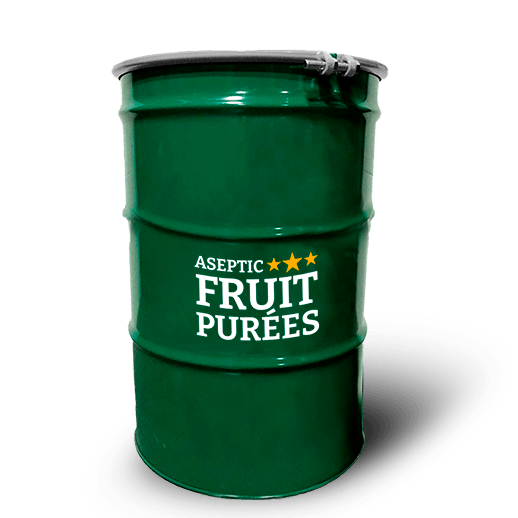In the earliest days of beer, when sweet water was transformed into alcohol, people thought it was a gift from the gods or magic. We now know that naturally occurring yeast, which is always in the air around us, would simply alight on the liquid and begin the fermentation process.
Brewing has evolved and become more scientific in its approach, but tradition is still alive for some. Brewers have refined the process of collecting yeast from the air to create beer and often it comes in the form of a coolship, shallow stainless-steel basins that collect hot wort from the brew kettle.
Coolships, sometimes spelled koelschip, are traditionally used in the cooler months of the year, depending on location, when the ambient temperature is enough to cool the wort and also inhibit the natural yeast, typically Brettanomyces, to begin fermentation. After a day or so, the beer is collected and drained into a fermentation vessel, sometimes stainless steel, but usually wood.
The most common style of beer that is inoculated in a coolship is lambic. Sometimes these are aged on fruits, like peach, cherry or raspberry, or the fruit is blended in later on.
Coolships can be static inside a brewery, drawing from the environment around it. But some breweries use mobile coolships, bringing wort from the brewhouse via totes to fill the container just about anywhere—from the shores of lakes to the middle of vast fields, even just a parking lot adjacent to the brewery. Each location is different and the ambient yeasts can help to provide a sense of place.
A blend of lambics from different years is known as gueuze, which originated in Belgium. Many breweries in the United States, with a respect for tradition, will refrain from using the words lambic or gueuze to describe their beers, opting for lambic-style or gueuze-style. Others use the more formal méthode traditionelle but most just simply call them spontaneous ales.
https://www.winemag.com/2021/01/29/best-coolship-beer-guide-lambic/






